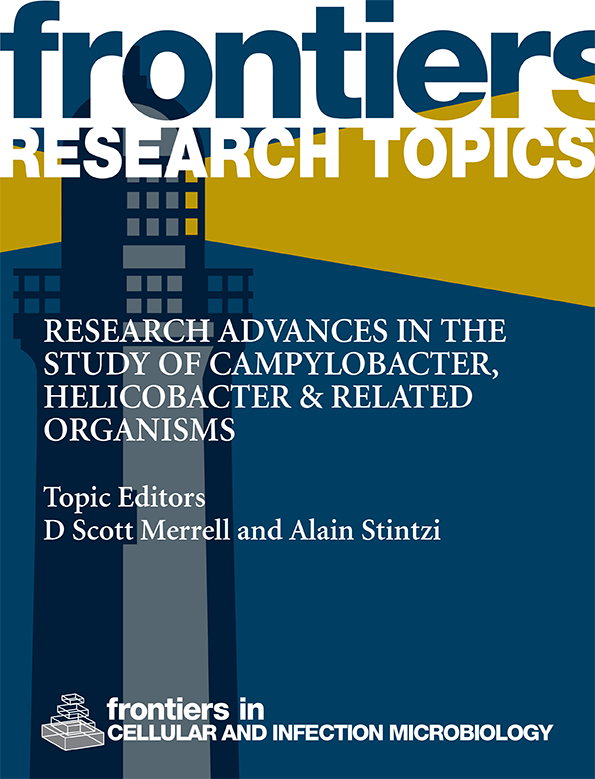Small molecule inhibitors of fungal Δ(9) fatty acid desaturase as antifungal agents against Candida auris
IF 4.6
2区 医学
Q2 IMMUNOLOGY
Frontiers in Cellular and Infection Microbiology
Pub Date : 2024-08-30
DOI:10.3389/fcimb.2024.1434939
引用次数: 0
Abstract
真菌Δ(9) 脂肪酸去饱和酶小分子抑制剂作为抗真菌剂对抗白色念珠菌
由于具有多重耐药性,念珠菌已成为一种重要的医疗相关病原体。由于在发现和提供新型抗真菌药物方面不断受到限制,因此迫切需要设计出有效的疗法来治疗这种紧迫的全球性疫病。在此,我们对一个化学文库进行了筛选,发现了芳基羧酰肼类似物,这些类似物对阿米巴痢疾杆菌和最常见的人类真菌病原体白僵菌都具有强效活性。SPB00525 [N'-(2,6-二氯苯基)-5-硝基-呋喃-2-甲酰肼]对标准抗真菌药耐药的不同菌株具有强效活性。通过使用药物诱导的单倍体分析、转录组学和代谢组学分析,我们发现 Ole1(一种 Δ(9) 脂肪酸去饱和酶)可能是 SPB00525 的靶标。后者的类似物 HTS06170 [N'-(2,6-二氯苯基)-4-甲基-1,2,3-噻二唑-5-甲酰肼]对阴沟球菌和白念珠菌都有较强的抗真菌活性。SPB00525 和 HTS06170 都是抗病毒剂,可抑制白僵菌的侵入性芽胞生长和生物膜形成。SPB00525 和 HTS06170 可减轻真菌对人体肠细胞的损伤,并改善作为全身性念珠菌病模型的 Galleria mellonella 幼虫的存活率。这些数据表明,抑制真菌 Δ(9) 脂肪酸去饱和酶的活性是治疗由超级细菌 C. auris 和最常见的人类真菌病原体 C. albicans 引起的真菌感染的一种潜在治疗方法。
本文章由计算机程序翻译,如有差异,请以英文原文为准。
求助全文
约1分钟内获得全文
求助全文
来源期刊

Frontiers in Cellular and Infection Microbiology
IMMUNOLOGY-MICROBIOLOGY
CiteScore
7.90
自引率
7.00%
发文量
1817
审稿时长
14 weeks
期刊介绍:
Frontiers in Cellular and Infection Microbiology is a leading specialty journal, publishing rigorously peer-reviewed research across all pathogenic microorganisms and their interaction with their hosts. Chief Editor Yousef Abu Kwaik, University of Louisville is supported by an outstanding Editorial Board of international experts. This multidisciplinary open-access journal is at the forefront of disseminating and communicating scientific knowledge and impactful discoveries to researchers, academics, clinicians and the public worldwide.
Frontiers in Cellular and Infection Microbiology includes research on bacteria, fungi, parasites, viruses, endosymbionts, prions and all microbial pathogens as well as the microbiota and its effect on health and disease in various hosts. The research approaches include molecular microbiology, cellular microbiology, gene regulation, proteomics, signal transduction, pathogenic evolution, genomics, structural biology, and virulence factors as well as model hosts. Areas of research to counteract infectious agents by the host include the host innate and adaptive immune responses as well as metabolic restrictions to various pathogenic microorganisms, vaccine design and development against various pathogenic microorganisms, and the mechanisms of antibiotic resistance and its countermeasures.
 求助内容:
求助内容: 应助结果提醒方式:
应助结果提醒方式:


